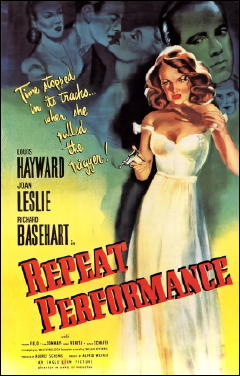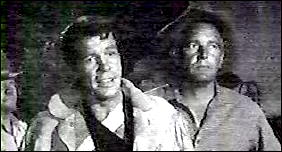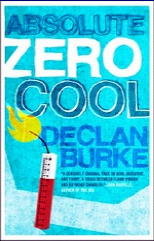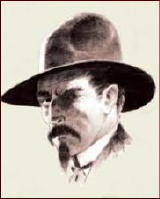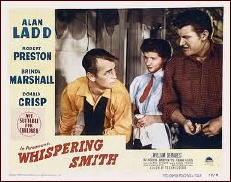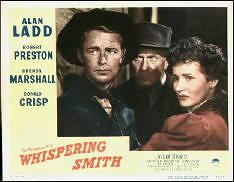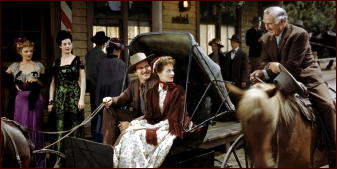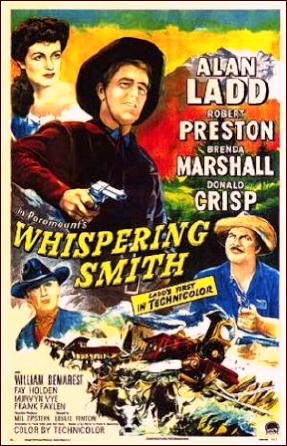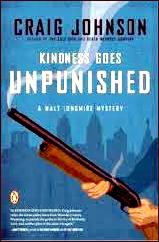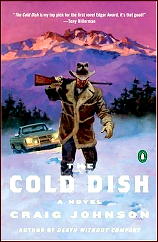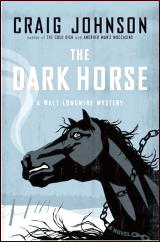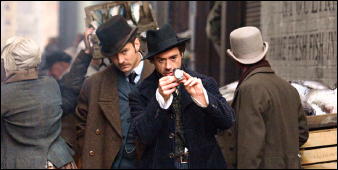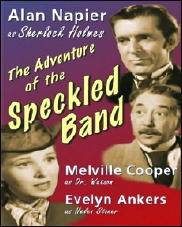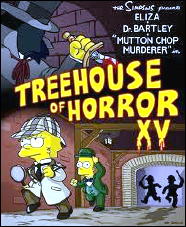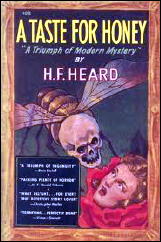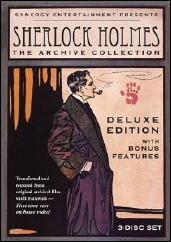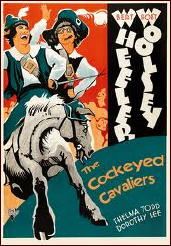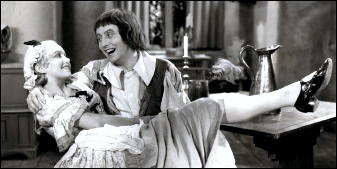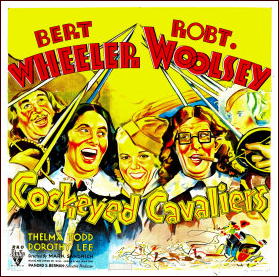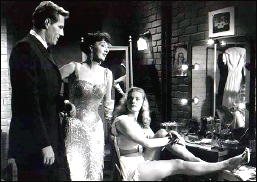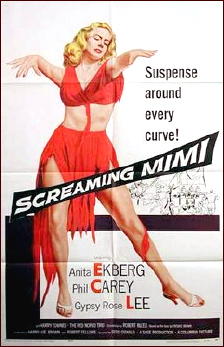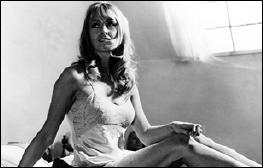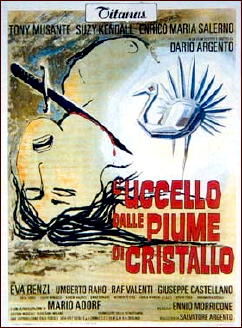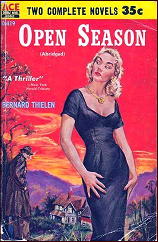Mon 22 Aug 2011
Dan Stumpf Reviews: REPEAT PERFORMANCE , Book and Film (1947).
Posted by Steve under Mystery movies , Reviews[7] Comments
â— REPEAT PERFORMANCE. Eagle-Lion Films, 1947. Louis Hayward, Joan Leslie, Virginia Field, Tom Conway, Richard Basehart, Natalie Schafer, Benay Venuta. Based on the novel by William O’Farrell. Director: Alfred L. Werker.
â— WILLIAM O’FARRELL – Repeat Performance. Houghton Mifflin, hardcover, 1942. Pennant P55, paperback, revised edition, May 1954; IPL, paperback, 1987. Films: See above, plus: Turn Back the Clock, TV movie, NBC, 1989, with Connie Sellecca & David Dukes (and Joan Leslie in a small role).
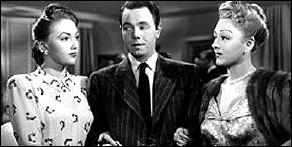
So we came to the end of 2010 and I watched the old year out with two of my favorite New Year’s movies, Chimes at Midnight and Repeat Performance with Joan Leslie as stage actress Sheila Page, who rings in 1947 by killing husband Barney (Louis Hayward).
Suitably distraught, she wanders out into the clamoring night, runs into some old friends (including Richard Basehart as a mad poet, poetically named William Williams) who commiserate with her on what a lousy year it’s been, then goes to see her producer (Tom Conway).
But on her way up to Conway’s apartment, her clothes and hair change, the lights flicker, and suddenly it’s a year earlier, and Joan will get a chance to undo all the mistakes that led to infidelity, insanity and murder.
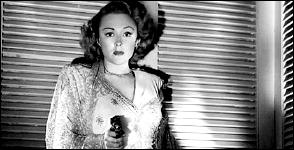
Or will she? What follows is a neatly ironic tale of predestined ends, a bit over-the-top at times, but kept mostly teetering right at the edge of melodrama, thanks to adroit direction from Alfred Werker (a director with an odd career, who really should be better known) and low-key playing from all concerned, particularly Louis Hayward, who had a long and mostly undistinguished career, but now and again suggested something kind of interesting. His role here as Joan Leslie’s ill-starred spouse sports a lethal fecklessness that’s fun to watch.
I also ferreted out the novel this was based on, Repeat Performance by William O’Farrell for comparison, and I’m glad I did, as the story seems to have been considerably re-jiggered for the movie.
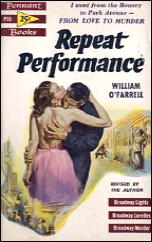
O’Farrell starts off with Barney Page, once a prominent stage actor, now a skid-row drunk, waking up in a flop house to find he has just murdered a one-time girlfriend, in a fit of alcoholic remorse following the suicide of his wife Sheila.
Page is resigned to his fate, but on his way to turn himself in, he keeps running into old friends (including a gay poet affectionately nick-named William and Mary) who try to help him, and ends up fleeing from the cops, getting shot as he jumps onto a departing subway car and — and suddenly it’s a year ago, Barney is still a successful actor, married to Sheila, and he’s going to get to undo all the mistakes he made last year.
O’Farrell can write. He can put across a bitchy theatrical milieu and a seedy flophouse with equal aplomb, evoke a desperate chase and a disparate seduction with commensurate suspense, and weave a tale of murder and melodrama (verging on Soap Opera at times, but teetering skillfully on the edge) with prose that keeps the pages turning very nicely.
He also wraps things up with a fine sense of dramatic irony that had me closing the book with that satisfaction you get from finishing a well-crafted tale.
